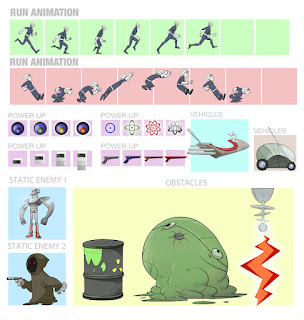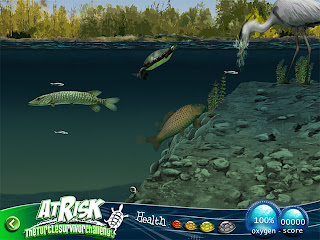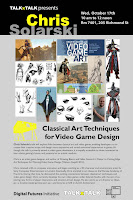Speed drill o' the day: Back Flip! - I recommend a simple back tuck from a standing position. Don't forget the antic!
------
Transitioning from walk cycles to run cycles this week -- we'll start dealing with blending cycles together. I don't want to see just any ol' computer-tweened morphing from you guys! I want a real transition! Think about how you'd go from walking to running. Slap on those runners, hit some pavement or a treadmill and feel the difference between the two gaits. Make sure it's obvious in your animation that you understand a new action requires an anticipation.
Does your COG drop a bit lower before it springs higher? Do you need to lean forward? Do you take one big walking step before your first running step? Exaggerating things like this to make the audience appreciate your analysis.
We'll look at some video analysis of running. There are so many kinds of running -- sprinting and long-distance running, jogging, barefoot running, and all sorts of speeds (spm) and styles, including cartoony.
Read up on runs:
 |
| Richard Williams dissects the run in detail |
Richard Williams' "Animator's Survival Kit" pgs 176 - 200
Assignment 5: Run Cycle using mocap data
Assigned: 31/10/12
Due: 14/11/12
% of final grade: 20%
Submit to DropBox using the following naming conventions:
tdonovan_run_000.ma
tdonovan_run_000.mov
tdonovan_runref_000.mov (for video reference files)
File Format: QT
Encoding: H.264
Quality: 100
Image Size: Custom
Width: 560
Height: 316
Animate a treadmill run that clearly shows the personality and attitude of the character.
Your file should include the walk cycle and the transition to the run as well as several running steps.
Use any mocap-suitable rig.
The timing (both frames per step and timing of secondary actions such as arm swings and head drag) should support the attitude and personality. The character should have a believable weight. Steps should be symmetrical (apparently if not mathematically) and the motion should be fluid and smooth without obvious pops or bumps. Body parts should be offset from one another a bit so every part of the action doesn't occur on the same frame.
Rubric:
Exemplary: Clear personality and attitude, strong apparent weight, fluid motion with a strong grasp of all animation principles.
Excellent: Apparent personality, weight and almost entirely fluid motion with a good grasp of nearly all animation principles.
Acceptable: Some personality and weight. Motion is mostly fluid with minor errors or missing animation principles.
Not Acceptable: Generic run not convincingly heavy or not fluid with quite a few glitches or missing animation principles.



 Your final cycles are all due near the end of term but we'll have lots of in-class time to work on them.
Your final cycles are all due near the end of term but we'll have lots of in-class time to work on them.
 There
are many ways to generate normal maps. 2 common tools for creating
them from our diffuse textures are CrazyBump and nDo. We'll go through
how to install and use both of these tools in class. You will need them
to complete your homework. If you can't install them at home you will
need to complete your assignment at school.
There
are many ways to generate normal maps. 2 common tools for creating
them from our diffuse textures are CrazyBump and nDo. We'll go through
how to install and use both of these tools in class. You will need them
to complete your homework. If you can't install them at home you will
need to complete your assignment at school.








 Animation speed drill o' the day: handstand idle
Animation speed drill o' the day: handstand idle Motion Studies Assignment 3
Motion Studies Assignment 3 Description:
Description:
 It's one thing to see all your poses nice and clearly separated. It's quite daunting to make them all transition fluidly to create a good animated performance.
It's one thing to see all your poses nice and clearly separated. It's quite daunting to make them all transition fluidly to create a good animated performance.


